Yap – Remote Pacific Paradise. Yap is remote, real remote. Only three flights a week connect to this miniscule Pacific Island. Yap is one of the least visited countries in the world, click here to see the other least visited places. Yap is one of the four islands that makes up the Federated States of Micronesia. But Yap (FSM) is one of 193 sovereign countries that the UN recognizes. For interesting cocktail chatter, the other three islands are Chuuk, Pohnpei, and Kosrae. A total of 607 islands make up FSM as they are spread over a longitudinal distance of 1,678 miles just north of the equator.
FSM was discovered by the Portuguese, colonized by the Spaniards, and sold to the Germans in 1899. During WWI it was captured by the Japanese. Following WWII, the US administered the islands until FSM declared independence in 1986. Today, FSM maintains a close relationship with FSM under a Compact of Free Association. This means FSM citizens can serve in the US military and do not require a visa to visit the US.
Yap is the western most island of FSM and only 16,000 people make their home there. Each one of the islands within the FSM has developed their own cultures and even languages. In fact, there is Yap Main Island, which is only 38 square miles, and then there are the Outer Islands. The Outer Islands are a series of atolls spread over 500 miles, mostly east of Yap Main Island. These atolls are even more remote, some taking a 4 night ride in a ferry to get to the Outer Islands from the Main Island. And the residents of the Outer Islands actually speak different tongues than the Main Island.
Yap is a fascinating and great place to visit for several reasons.
Stone Money
While Yap does have one or two ATMs (sometimes working), Yap has a unique take on banking. In fact, it would be near impossible for Yap to have a working ATM for their traditional currency. Yap traditionally and historically utilized stone money as large as 13 feet in diameter. Imagine seeing that slide out of the slot of the ATM! These stones, over 6,500 are scattered throughout the island, and some of them are stored at stone money banks. When the stone money is exchanged, it does not necessarily move place due to its large size. Ownership is recorded via oral history in terms of who actually owns the currency.
These circular stones have a hole in the middle and some weigh over 8,000 pounds. The value of the stone is determined via a number of variables from its size, quality of craftsmanship, or if a famous sailor transported the stone. The majority of stones were quarried and brought from the island of Palau nearly 300 miles away via canoe or raft. The heyday of mining this limestone currency was from 1,000 to 1,400 AD. There are traces of stone money use dating back 2,000 years on Yap.
The stone money was used historically (and occasionally even today) as a mechanism to transact inheritance, marriage, political negotiations, and settling wars. Today, the US dollar is the accepted tender on the island and is also a well-known symbol of the island even appearing on license plates.
Villages
The Yapese are gathered in villages in clans across the island. The villages are led by a local chief. I met Chief No Problem (his nickname bestowed on him by his village). He was a wiry man who welcomed me to his traditional home with fresh coconuts that we sipped in the shade with his wife and granddaughter. Each village is anchored by a Men’s House, a Women’s House, and a Meeting House. I visited the Men’s House built in traditional style sitting on the edge of the ocean. There is a church and school within the village as well. Most people on Yap are Catholics after missionaries landed on the island in the 1880s and began their proselytizing.
WWII
The Japanese held Yap during WWII. Yap was subject to nearly daily attacks by US airplanes from June of 1944 to August 1945. Hundreds of American soldiers lost their lives during these attacks. Over 100 are listed as MIA still today.
During WWII, B-24 Liberators flew to Yap searching for Japanese Navy ships. Not finding them, the numbers focused their attack on the Japanese air force’s planes and runway. For six consecutive days, these attacks were repeated.
Pat Ranfranz, an American, has founded the The Missing Air Crew Project, to search for his missing uncle, T/Sgt John R McCullough. He was one of ten crew members of a B-24 Liberator that was shot down over Yap in 1944. His uncle is listed as MIA. Pat has organized 5 trips to Yap to search for his uncle’s remains and has discovered many remains and wrecks during his explorations. Pat and Yap Visitors Board have been documenting and creating markers for these WWII monuments.
The Ocean
Yap is an amazing place to dive and snorkel. Click here to read more about my snorkeling experience. I went snorkeling three half days with Yap Divers which is part of the Manta Bay Resort.
Where To Stay
There are several lodging options on the island. The capital of Yap is Colonia, a sleepy town of 3,000 people. The “downtown” can be walked in about ten minutes.
Oceania Hotel
I stayed at the intimate Oceania Hotel, owned by two American ex-pats, Jennifer and Mark. I recommend you stay here. A handful of comfortable huts (updated rooms) are perched on a hill overlooking the lagoon. The open air restaurant and bar is a great place to hang out. I had three excellent dinners here including an awesome pulled pork sandwich. Free wifi (but not great) is available for free in the restaurant. Mark provided free rides to and from the airport. Jennifer set me up with a great guide to provide me with a tour of the island (highly recommended).
Manta Bay Resort
Bill Acker, a former American Peace Corp volunteer from the 1970s, came to Yap and never left. He opened the Manta Bay Resort(affiliate link) on the ocean and also has the popular Yap Divers.
Where To Eat
Colonia is not for foodies.
Oceania Hotel
As mentioned before I had three great dinners here and recommend this semi-open restaurant. The specials change daily. And the bartender (Jennifer) has a heavy hand.
Manta Bay Resort
The hotel has a floating restaurant in a boat resting in the water. I had an uninspiring pizza here.
Oasis
Diagonally across the main drag from Manta Bay Resort is Oasis. I munched on a grilled cheese sandwich with French fries and cooled off with an iced tea.
Fasmingo
Next to Oasis, is Fasmingo a fast-food-like restaurant. I ate a hamburger for several dollars on the deck.
Grocery Stores
There are plenty of stores to buy food and drink, most at an inflated price compared to the US.
Stone Money Brewing Company
Manta Bay Resort also brews its own beer. Try one!
Random Stuff
ATM/US Dollar/Credit Cards
There are a couple of ATMs that I noted on the island. While I did not use any of them, I was informed that they are often not working. The currency on the island is Yap is the US Dollar. I brought with me enough dollars to cover me throughout my trip. Credit cards are not often used, and I used cash to make all of my purchases.
WiFi
Don’t expect to be binging on Dexter on Netflix when relaxing in Yap. Wifi is not consistent, strong, or ubiquitous.
Departure Fee
Remember to have an extra $20 so you can leave the island.
Flights
I would define Yap as off the beaten path. There are two flights a week from Guam to Yap. The weekly flight from Palau has been canceled. In addition, these flights are at late hours of the night.
Yap – Remote Pacific Paradise
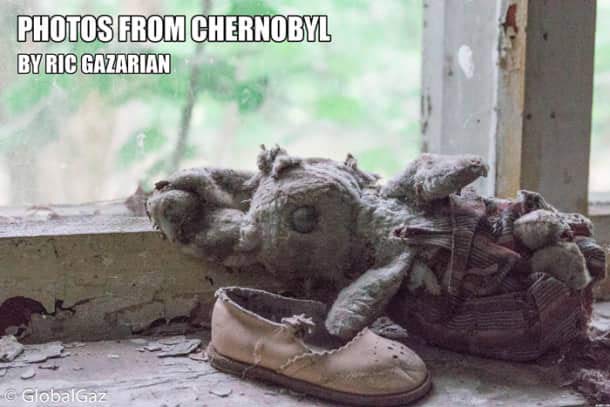
Photos From Chernobyl
Sign up to receive your free copy of Photos From Chernobyl. Over 100 photos from the Chernobyl Exclusion Zone.

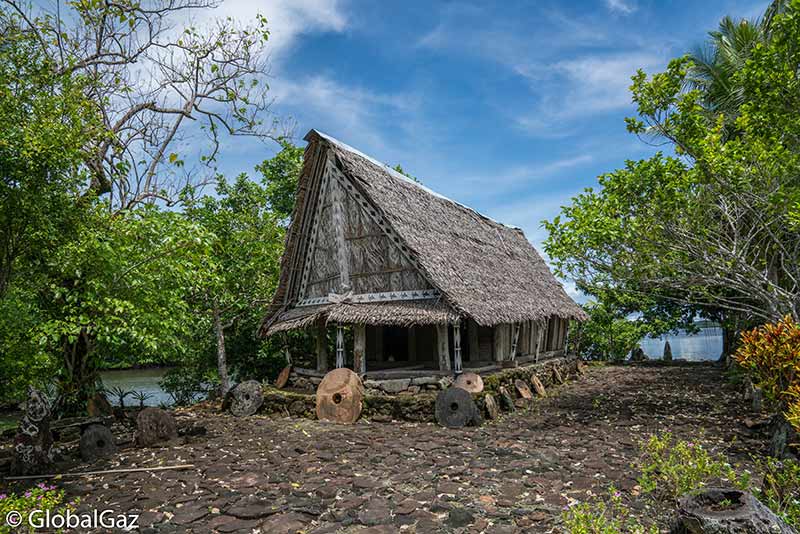
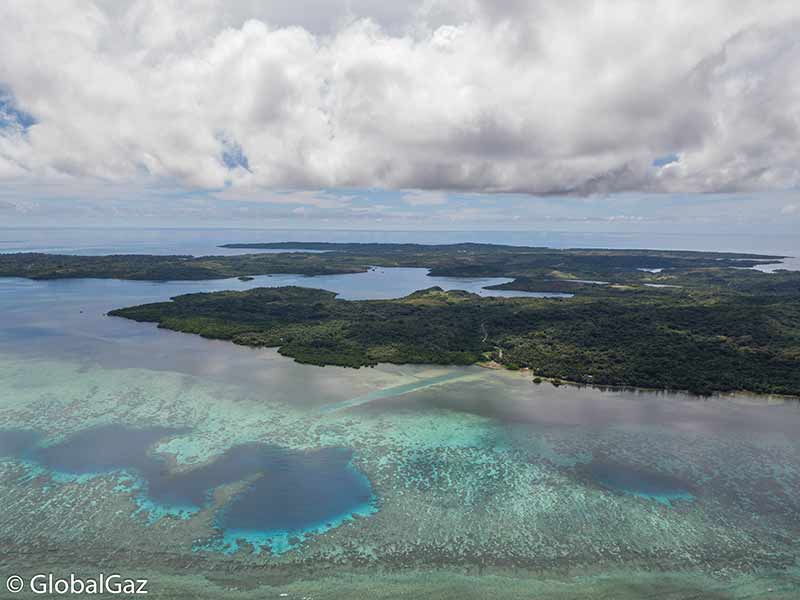
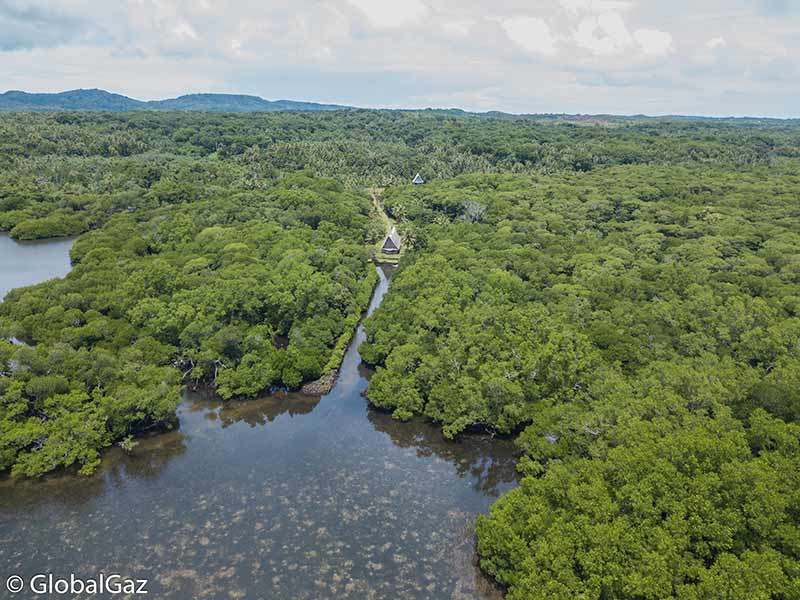
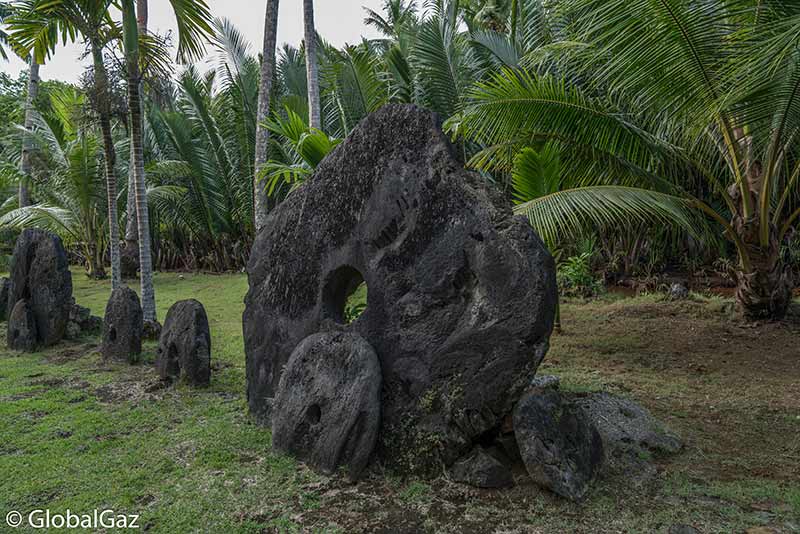
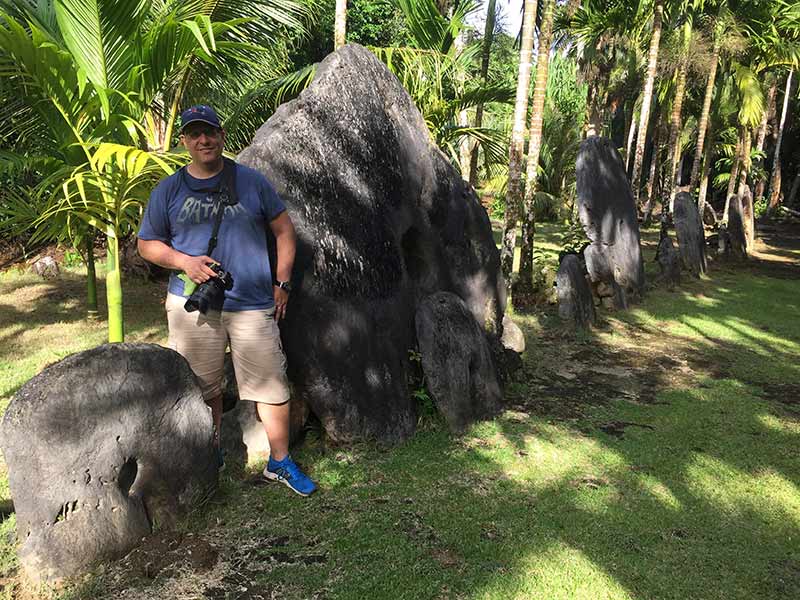
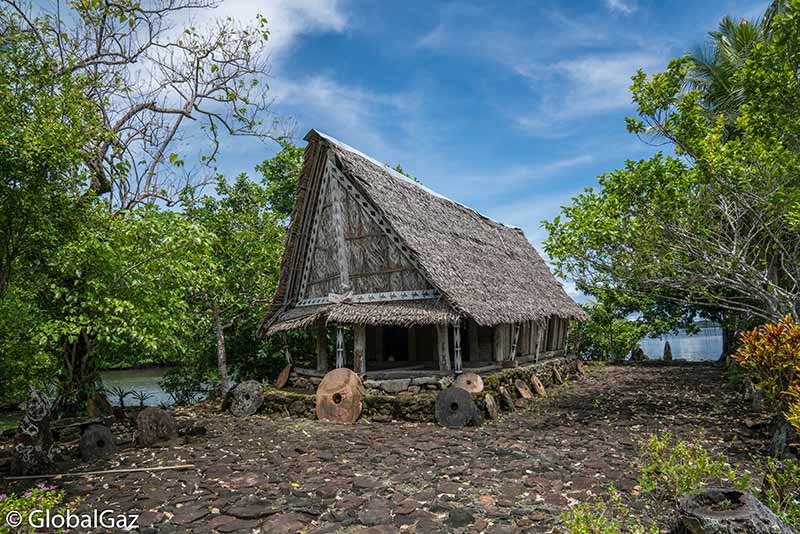
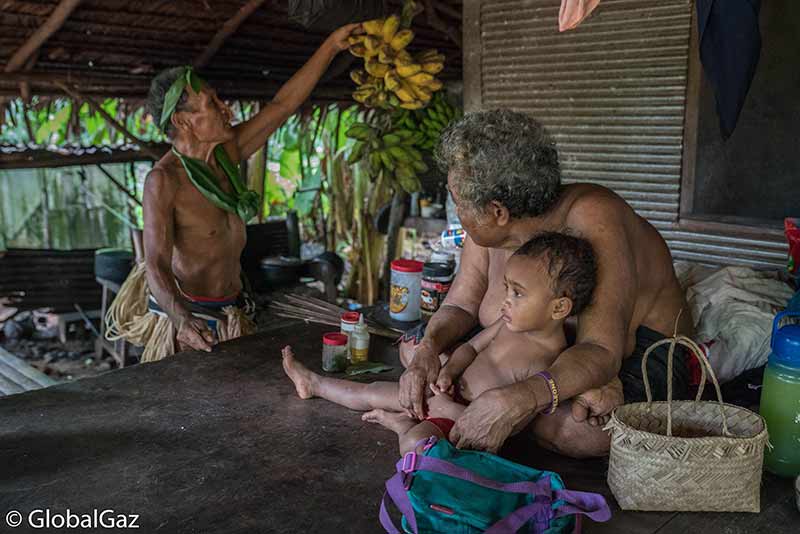

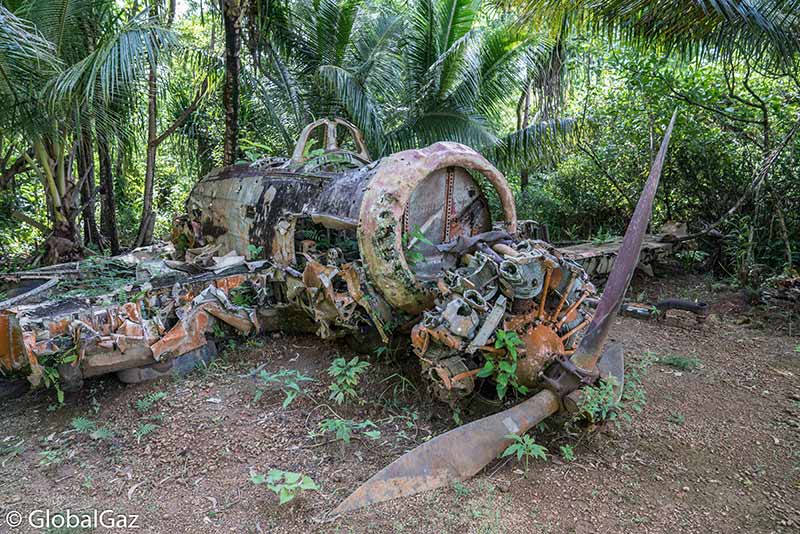

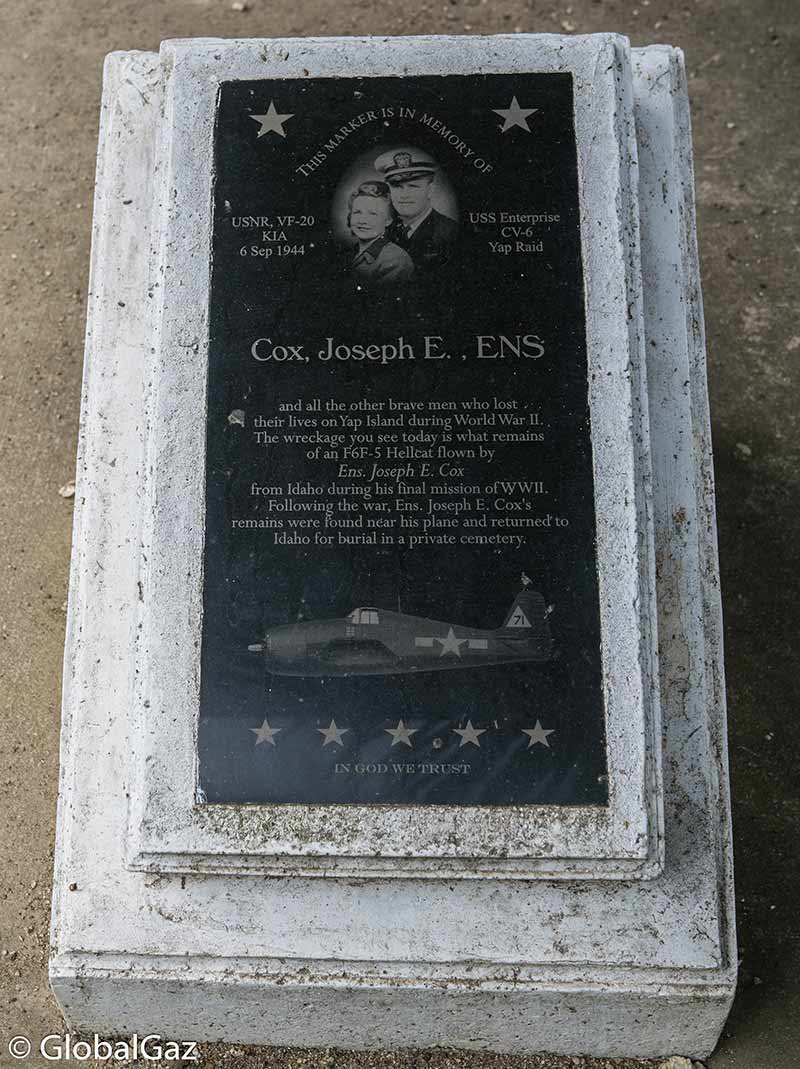

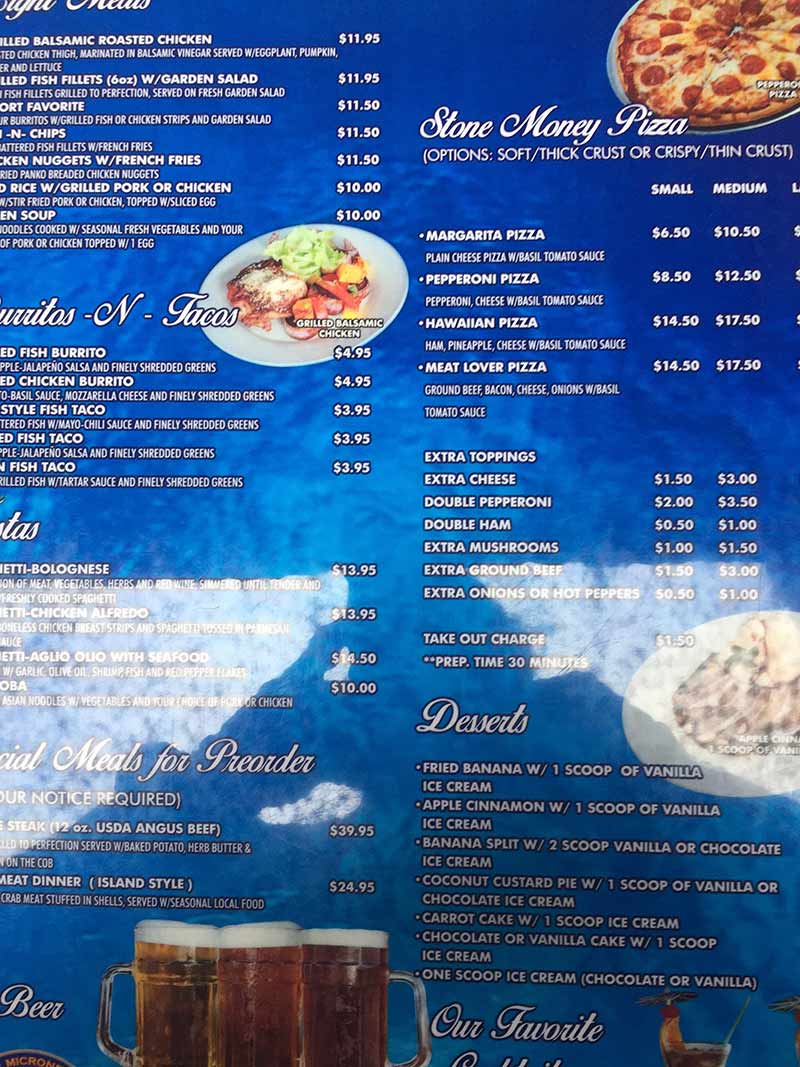


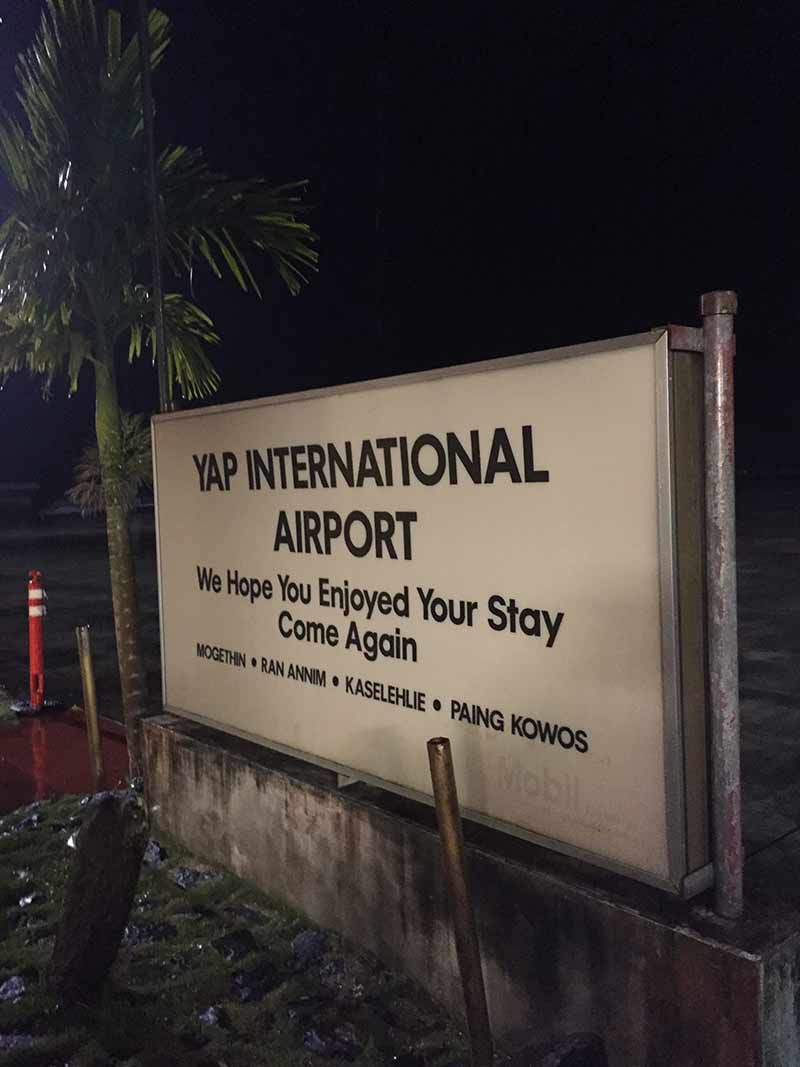
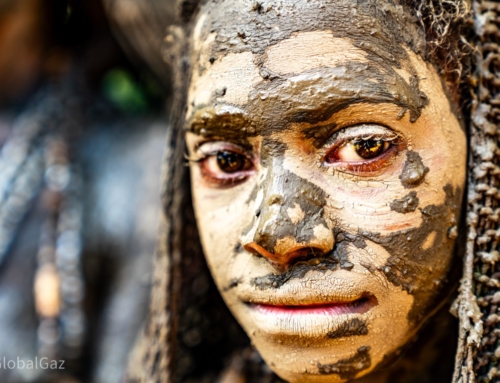
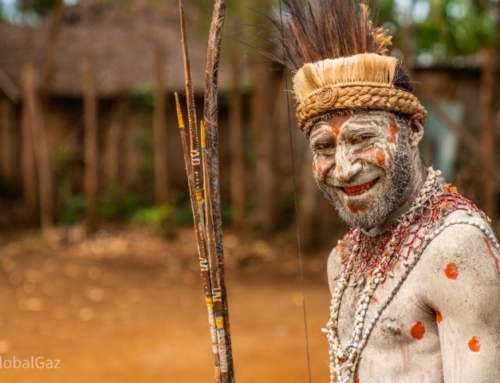
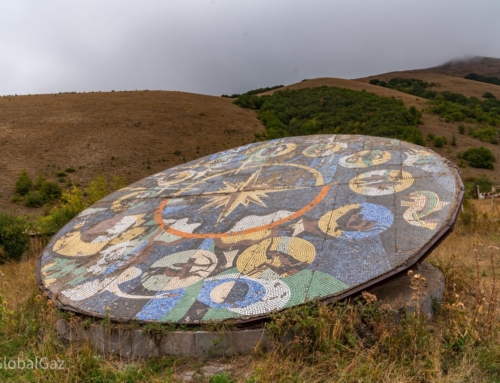
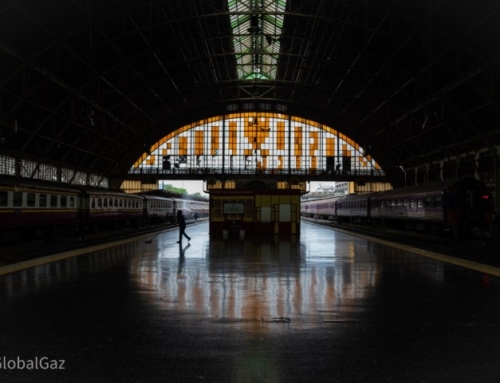
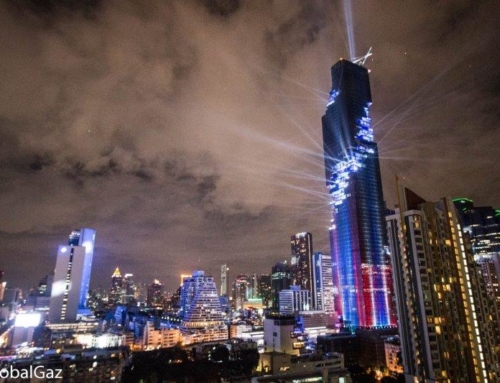
[…] Yap is quite a fascinating place to visit, with traditional villages, WWII history, and a truly unique currency. You can read about my experiences on land here. […]
[…] arrived in Palau late at night taking the once weekly fly by United from Yap to Palau (this flight unfortunately will be discontinued). My Airbnb host met me at the airport […]
[…] felt like I could have spent a month there. Then it was off the remote and beautiful islands of Yap (FSM) and Palau. Both had awesome snorkeling. It had been 12 years, but I was back to a second visit […]
[…] Exploring the island of Yap […]
Nature is so beautiful out there, thank you for this post and sharing your experience.
What really gets me is the history, especially the ancient one, but also the more recent one. To my shame, for example, I had had no idea about the Pacific theatre during WWI apart from a few sea and air battles.
When I checked on the map (because I had no idea where precisely Yap is located), I found out that the closest I got to the Federated States of Micronesia was just about 180km away on Manus Island, PNG. I had no idea at the time.
Some of these Pacific islands are so spread out. PNG also has a lot of WWII history. Was supposed to have been there in May of last year … so hopefully soon.